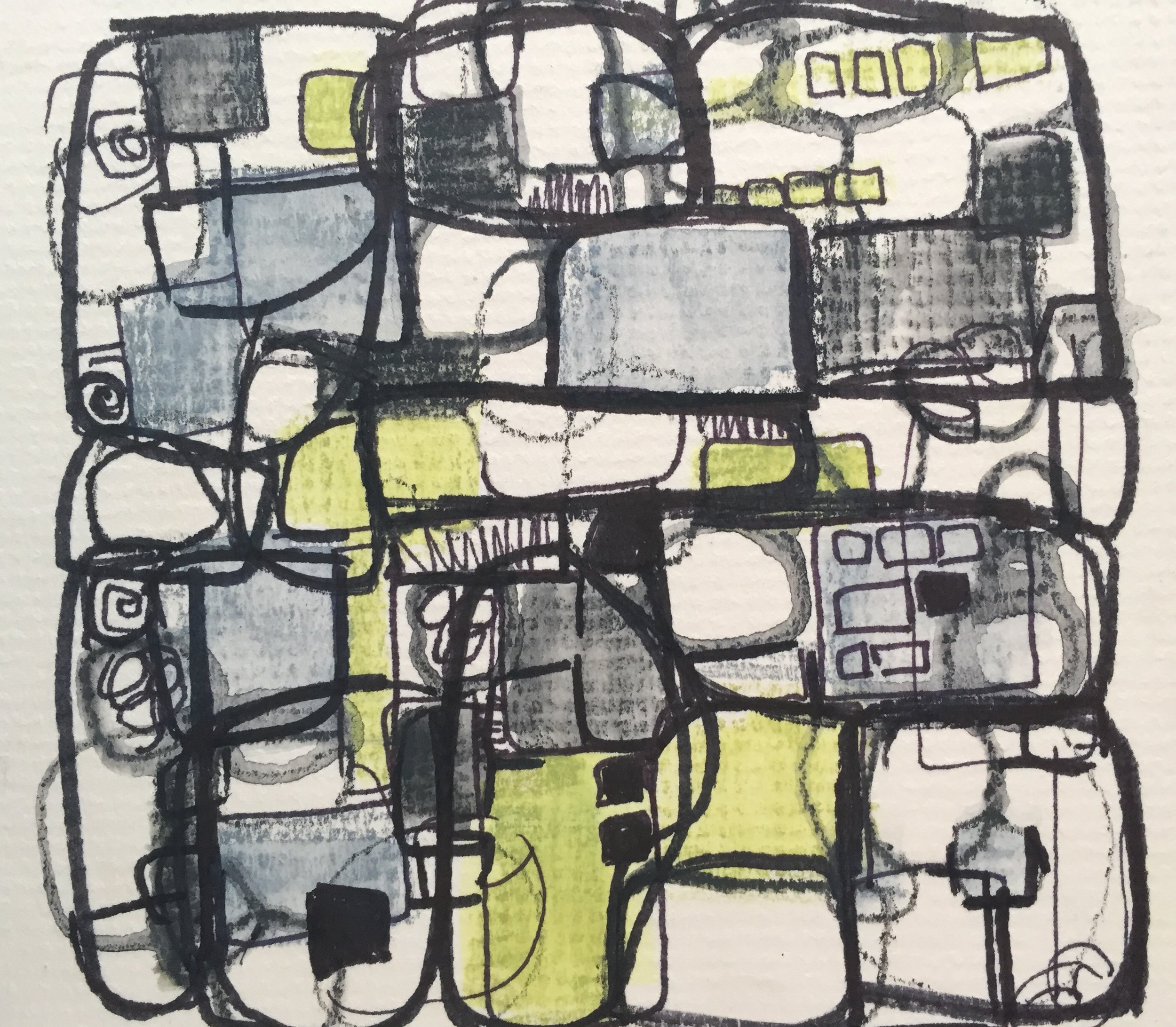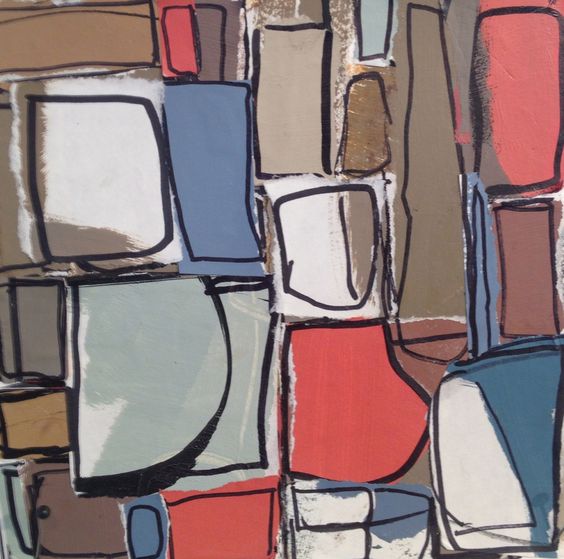Studying Conch Shells To Inspire Black and White Abstract Drawings
If I am being totally honest I can not remember if I started to doodle and I said, hey this drawing looks like a Conch shell and I ran with it. Or, I was studying the patterns and twists and turns of a Conch shell and incorporated these spirals and textures into my work. Whichever way this drawing happened, it is a reminder how helpful it is to look at the world around you. You will find so many intrinsic marks. lines, shapes and patterns in nature that you can mimic in your own way in your abstract art. This drawing was done with a simple Uniball Vision black pen on a small white sketch pad. The drawing has a nice combination of darks and lights, a repetition of shapes spiral lines and a sense of three dimension or depth because of the way the lines were created.























